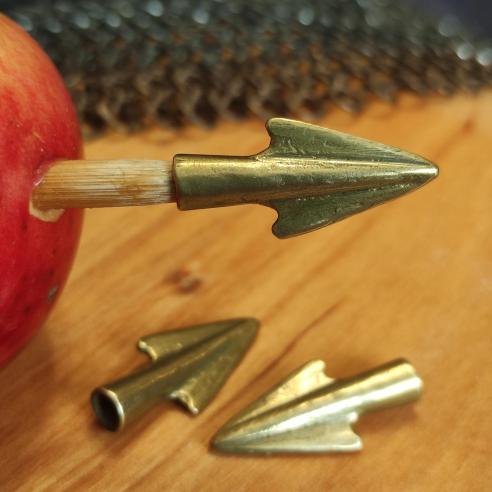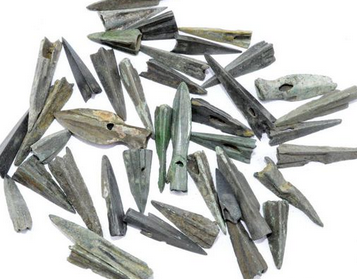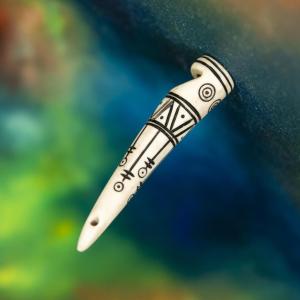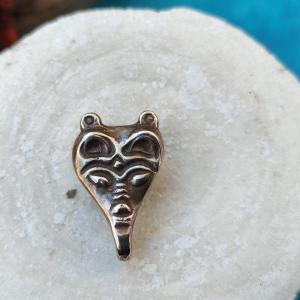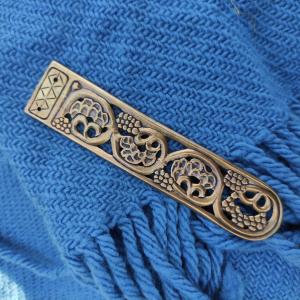Shopping Cart
An arrowhead with a quiver of Eurasian nomadic peoples. They're among the most pioneering. Easy to install. Mounting in a quiver is probably the most practical. By wrapping the material around the body of the arrow, it protects it most from breakage and impact.
Its shape (with a recoil hook or elongated cutting surfaces on the longitudinal edge) makes it unsuitable for target shooting. It would then be easier to push them through than to pull them out. (Ouch!)
They date to a period beginning about 800 BC to about the 2nd century AD. Because of their sophisticated shapes and proven ability to pierce armor, however, these shapes were still in use many centuries after the Skyth had already assimilated with the early Slavs in our territory. Although they can be found all over Europe, they date from the BC period, the Migration of Peoples and the early Middle Ages up to the 12th century.
The 8 types of arrowheads we carry are from the territories of Moravia, Slovakia and Poland and Kievan Rus. Their owners are not unknown to you. You know them as Skyths, Sarmatians, Alans and Mongols, peoples famous for their horse riding, nomadic life on the steppes and the unsurpassed art of archery, which is essentially a cultural tradition among these steppe peoples to this day.
Arrowheads have been used since prehistoric times. Whether they were meant to wound and cause very bleeding injuries or to pierce between ribs and the fine rings of armour, it was always important to have plenty of them. That's why we offer these authentically cast ones, which littered the Silk Road, Central Asia, the Black Sea region, and Central and Eastern Europe in huge numbers.
Ours are exact replicas of the arrows that you can currently find, for example, in the Moravian Museum in Brno or in Wroclaw, Poland.
Price is for one piece.
Dimensions, weight, internal dimensions of the quiver : 2,6 x 1,2 cm, 2,5 g, 0,4 cm





